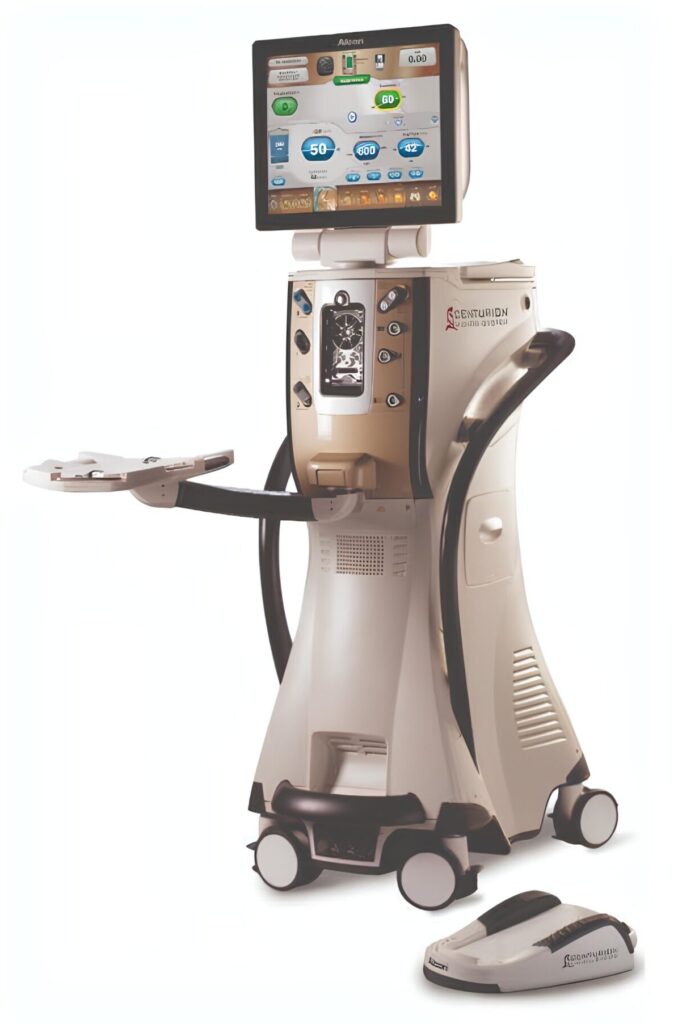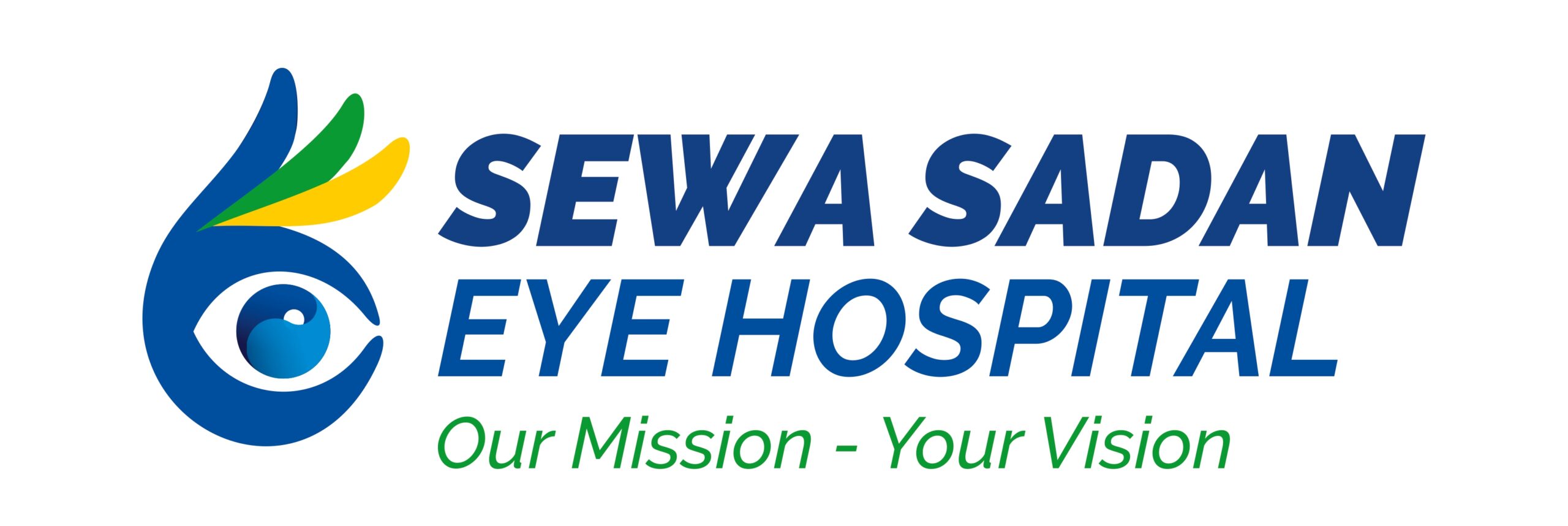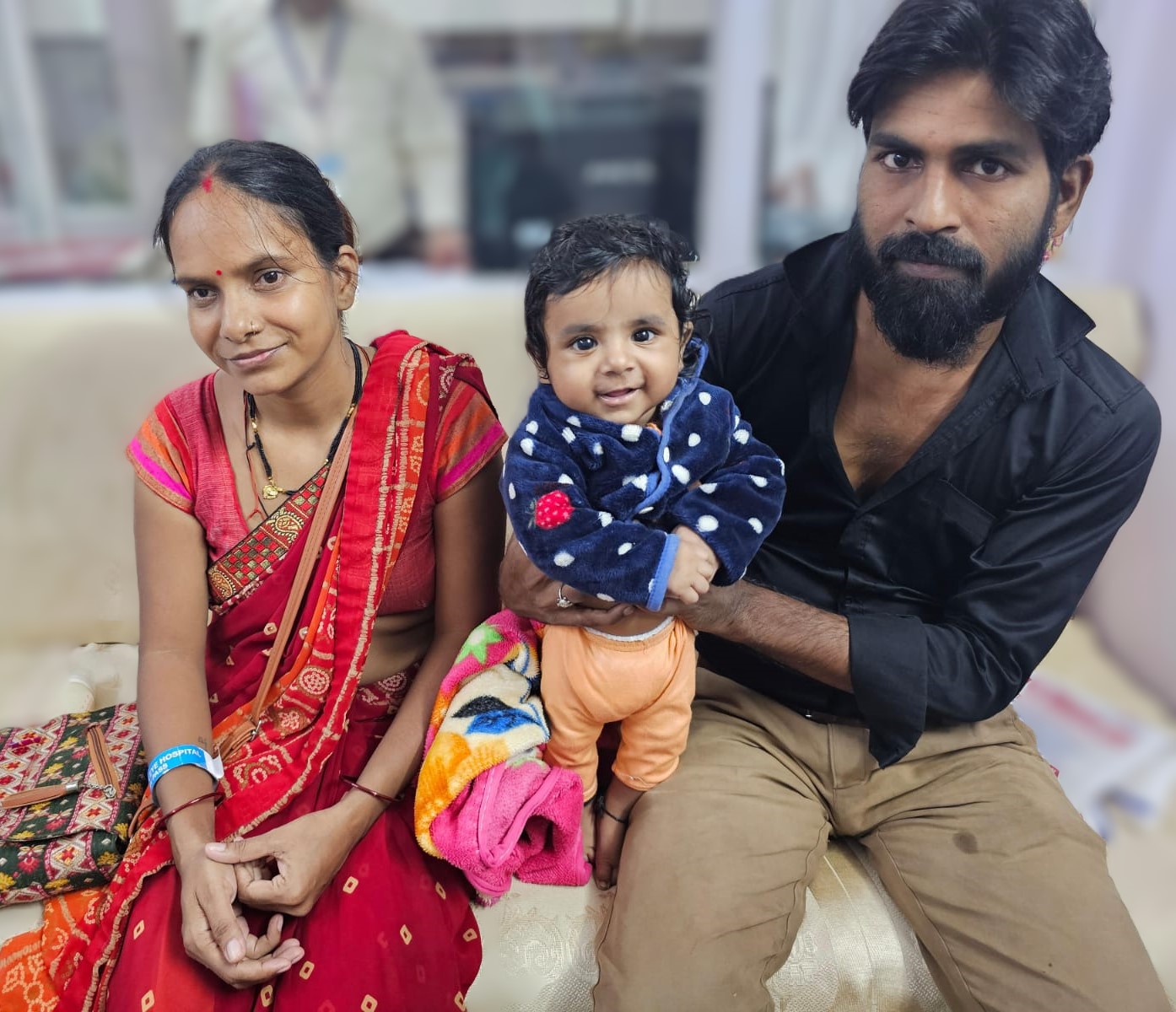- Home
- Cataract (मोतियाबिंद)
Cataract
Cataract is the cause of 80% of avoidable blindness in India.
What is Cataract

A cataract is naturally occurring “clouding” or “yellowing” of the lens in the eye. Seeing through cloudy lenses is a bit like looking through a frosty or fogged-up window for people with cataracts.
This blinding disease can affect infants, adults, and older people but predominates the latter group.
The disease process progresses gradually without affecting daily activities early on but with time, the cataract matures making the lens completely opaque to light and interfering with routine daily activities.

Normal Vision
Vision with Cataract
Symptoms
- Clouded, blurred or dim vision.
- Increasing difficulty with vision at night.
- Sensitivity to light and glare.
- Need for brighter light for reading and other activities.
- Seeing “halos” around lights.
- Frequent changes in eyeglass or contact lens prescription.
- Fading or yellowing of colours.
- Double vision in a single eye.
Treatment
The only mode of treatment is a surgery known as cataract surgery. During cataract surgery, the eye surgeon removes the eye’s cloudy natural lens (cataract) and replaces it with an intraocular lens (IOL).
Apart from orthodox surgery, the ideal, state-of-the-art cataract surgery in today’s date is a procedure called Phaco-emulsification with foldable lens implantation.
What are the advantages of phaco-emulsification?
The advantages are many like NO STITCH / NO INJECTION / NO EYE PATCH following cataract surgery. It is done as a daycare procedure where the patient is required to be in the hospital for a few hours only.
There are 5 main types of cataracts
- Age-related cataract
- Paediatric Cataract
- Traumatic Cataract
- Secondary Cataract
- Radiation Cataract
A Sewa Sadan Eye Hospital, we are equipped with the latest technology for precision surgery for cataract.











 Nisha Solanki belongs to a large family of two brothers and four sisters (of whom 3 are married). Both her brothers and elder sister attend school. Nisha’s father is mentally challenged. The responsibility of earning is on the mother, who is a daily wage farm labourer and grandmother, who tends to her goats. Two earing members for a family of ten.
Nisha Solanki belongs to a large family of two brothers and four sisters (of whom 3 are married). Both her brothers and elder sister attend school. Nisha’s father is mentally challenged. The responsibility of earning is on the mother, who is a daily wage farm labourer and grandmother, who tends to her goats. Two earing members for a family of ten. Blindness in children leads to deep impact on psychological, emotional, and socioeconomic growth to the family. A child with blindness is more likely to have delays in developmental milestones, to be more frequently hospitalized, and die during childhood than a sighted child. Such severe vision loss also adversely effects the educational activities, orientation, and mobility from the early stage of life resulting in lack of employment privilege. These differential characteristics between a sighted and non-sighted child is more obvious in developing countries. Moreover, the disability adjusted life years (DALY) loss in a blind child is far more than that of adults with blindness.
Blindness in children leads to deep impact on psychological, emotional, and socioeconomic growth to the family. A child with blindness is more likely to have delays in developmental milestones, to be more frequently hospitalized, and die during childhood than a sighted child. Such severe vision loss also adversely effects the educational activities, orientation, and mobility from the early stage of life resulting in lack of employment privilege. These differential characteristics between a sighted and non-sighted child is more obvious in developing countries. Moreover, the disability adjusted life years (DALY) loss in a blind child is far more than that of adults with blindness.